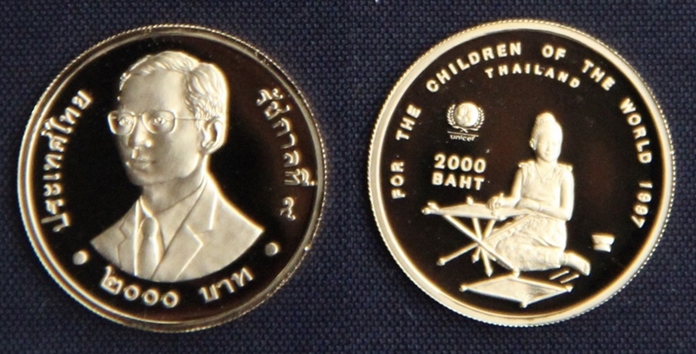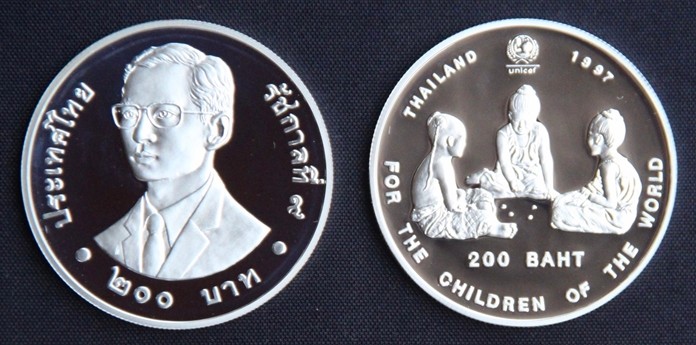

The United Nations Children’s Fund is a United Nations agency responsible for providing humanitarian and developmental aid to children around the world. It was established in 1946 as the United Nations International Children’s Emergency Fund (UNICEF) by the U.N. General Assembly to provide immediate hunger relief and healthcare to children and mothers in countries devastated by World War II. In 1950, UNICEF’s mandate was extended to address the long-term needs of children and women in developing countries, and in 1953 it became a permanent part of the United Nations System.
In 1989, the UN General Assembly passed the “Convention on the Rights of Children” (UNCRC) which is a human rights treaty setting out the civil, political, economic, social, health and cultural rights of children. The Convention defines a child as any human being under the age of eighteen, unless the age of majority is attained earlier under national legislation.
On the 50th anniversary of UNICEF in 1997, many countries minted commemorative coins to mark the auspicious occasion.
Thailand aimed to mint the Silver 200 Baht and the Gold 2000 Baht coins. But due to a lack of capacity to mint the coins here, the Royal Thai Mint commissioned the Royal Norwegian Mint to produce the coins on their behalf.
The original plan was to produce two types and denominations of the coins. The first was for 10,000 gold coins with a portrait of the late King Bhumibol Adulyadej, Rama IX on the obverse. The reverse would depict an image of a studious girl from a bygone Siamese era.
The second type was for 25,000 silver coins. The obverse would depict a portrait of the late king Bhumibol Adulyadej, Rama IX and the reverse would show children playing a traditional Thai game called “Mark Keb”.

Unfortunately, in 1997 the Asian financial crises gripped East Asia and South East Asia. Thailand was no exception. In May of 1997 the Thai Baht was hit by massive speculative attacks. In January 1998, the Thai Baht which had an exchange value of 25 to the US Dollar tumbled alarmingly down to 56 Baht to the US Dollar.
The economic situation was rather gloomy, which also sent the coin market into doldrums. Because these special UNICEF coins were produced only on order, only 2123 pieces of the 200 Baht Silver Coins and 1290 pieces of the 2000 Baht Gold coins were produced and sold.
This was one of the lowest numbers of Thai coins ever sold.
But the numismatic world is unique, and as fate may have it, those who bought the UNICEF coins back in 1998 can cherish in the fact that their investment is now worth 3-5 times more than what they paid for them.





